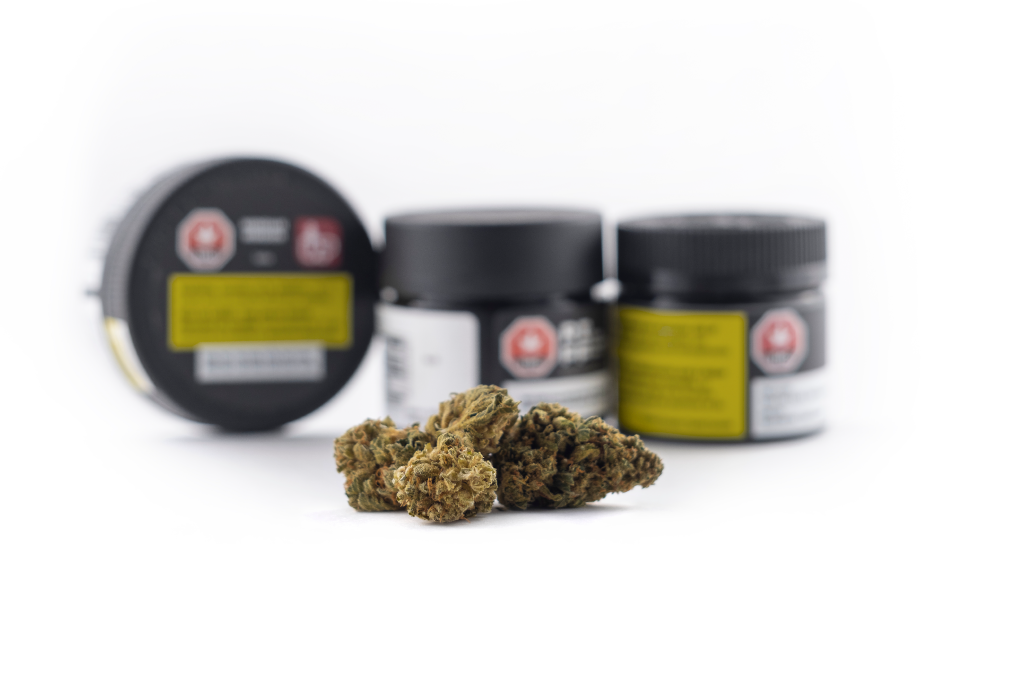




The modern cannabis shelf is packed with flower, vapes, edibles, tinctures, topicals, and concentrates—each wrapped in packaging that looks familiar yet speaks its own language. If you've ever stared at a label wondering what “Total THC,” “Net Weight,” “Batch,” or “Limonene 1.8%” actually mean for your experience, you're not alone. Understanding labels is the fastest way to shop smarter, stay safer, and get the effects you actually want. This guide breaks down what matters on cannabis packaging in 2025 and how to use that info like a pro.
Labels aren't just compliance paperwork—they're your window into quality, safety, and expected effects. A good label helps you answer three practical questions: Is this product safe? How strong is it? and What might it feel like? Safety comes from proper testing disclosures; strength from cannabinoid numbers; and feel from the terpene profile and product format (edible vs. inhalable). Reading labels well also helps you compare brands fairly and avoid impulse purchases based on marketing alone.
Regulations vary by state, but most compliant labels include some version of the following items. Use this checklist when you shop:
THC (Δ9-tetrahydrocannabinol) is the primary intoxicating compound. THCa is its non-intoxicating precursor in raw flower that converts to THC when heated (decarboxylation). Labels may show both. Many states also require a calculation called Total THC that estimates the maximum THC available after decarboxylation. If you're comparing flower, Total THC helps normalize products that list different combinations of THC and THCa.
For edibles and tinctures, potency is typically expressed in milligrams (mg) per serving and per package (e.g., “10 mg THC per gummy, 100 mg per package”). Beginners should start at 2.5–5 mg THC and wait the full onset window before taking more.
Two products can share the same THC percentage yet feel different. A big reason is terpenes—the aromatic compounds that influence flavor, aroma, and experiential nuance. Labels sometimes list a terpene panel with the top three to five terpenes and their percentages.
When labels provide a total terpene percentage (e.g., “Total terpenes: 2.1%”), treat it as a quality hint, not an absolute rule. A balanced terpene profile can make a moderate-THC flower feel richer and more satisfying than a higher-THC but terpene-poor alternative.
Edibles demand careful reading. Look for both mg per serving and mg per package, verify the number of servings, and check any activation time guidance. Many states require child-resistant packaging and clear portioning (scored chocolate, individually dosed gummies, etc.) to reduce accidental overconsumption.
Topicals (creams, balms) are labeled with cannabinoid amounts per container and sometimes per application; they typically don't produce intoxication. Transdermals can deliver cannabinoids into the bloodstream and may list time-release or per-hour dosage. Vapes should list carrier oils (if any), flavorings, and additives; formulations increasingly avoid diluents in favor of cannabis-derived terpenes or simple distillate/rosin bases. Avoid products with vague ingredient lines or that lack batch-level testing info.
Most regulated markets require a Certificate of Analysis (COA) from a licensed third-party lab. The label's batch or lot number links your package to a COA that verifies potency and screens for contaminants (microbials, heavy metals, residual solvents, pesticides, mycotoxins). Some brands add QR codes that pull up the COA directly.
If a label lists a batch number but you can't access a COA on request, treat that as a red flag.
Many labels include harvest date (flower), manufacture date (vapes, edibles), and sometimes a best-by or expiration date. For flower, earlier packaging after harvest often preserves terpenes better; for edibles, check for stabilizers and storage notes. A simple rule: cool, dark, dry storage protects most products—your label's storage instructions should align with that.
Reputable labels display impairment warnings (do not drive or operate machinery), pregnancy/breastfeeding cautions, age restrictions (21+ in adult-use markets), and child-resistant packaging indicators. If you don't see these basics, reconsider your purchase.
Imagine a jar of flower labeled “Net wt. 3.5g • Total THC 22.1% • CBD 0.1% • Top terpenes: Myrcene 1.1%, Caryophyllene 0.7%, Limonene 0.4% • Harvested: 2025-04-18 • Packaged: 2025-05-05 • Batch: FLW-0518 • Tested by: Licensed Lab • Warnings: 21+, impairment, pregnancy warning, keep out of reach of children.” What does that say?
The most reliable cannabis shopping tip for 2025 is simple: follow the chemistry. Labels that clearly present cannabinoids, terpenes, batch-level testing, dates, and ingredients empower you to choose products that align with your goals—relief, creativity, rest, social ease, or simple enjoyment. Once you know what the numbers and terms actually mean, you'll spend less time guessing and more time getting precisely the experience you want.
(Sources: U.S. National Institute of Standards and Technology – Cannabis Quality Assurance Program | ASTM International – D37 Cannabis Standards (labeling and packaging guidance) | California Department of Cannabis Control – Packaging & Labeling Requirements | Colorado Marijuana Enforcement Division – Retail & Medical Labeling Rules | Massachusetts Cannabis Control Commission – Adult-Use Product Labeling Guidance | AOAC INTERNATIONAL – Cannabis Analytical Methods | National Institutes of Health – Terpenes and Cannabinoids Overview)